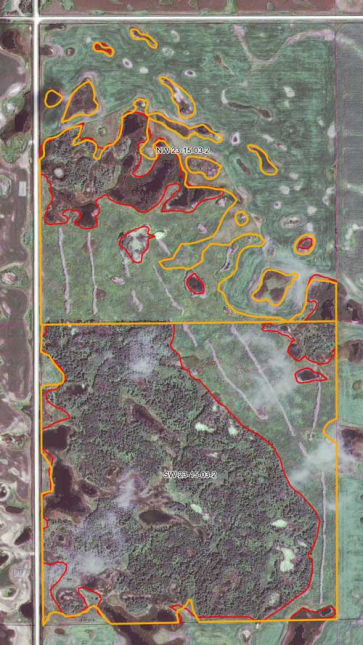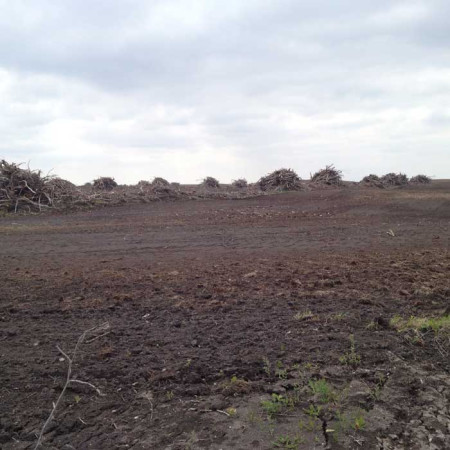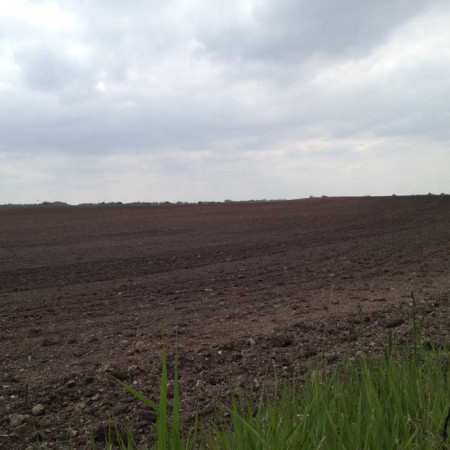LAND PRACTICE
Our role is to provide highly productive land to farmers who aim to perform on an International level. A land configuration tailored to today’s equipment can move an operator from spraying 600 or 700 acres per day to spraying 1,000 or 1,100 acres per day.
The Andjelic advantage
We choose lands amidst neighbours who want to work with us, farmers who are aligned with our vision and our investments in land stewardship and community. We can’t create land, but we can increase productive acres on existing holdings. We choose parcels on which we can perform improvements that enable the operators to manoeuvre big machinery. We choose locations near communities where we create jobs for locals to perform land improvements as an investment in our tenant partners. We choose land throughout Saskatchewan because diversification is key to risk management and long-term stability. We are rural people who want rural Saskatchewan to be strong. That strength underpins our long-term business vision.Case Study
Yorkton Tree Removal
Every year we set out to improve our land and increase the overall efficiency for our tenants.
In Yorkton we had quarter section, NW 23-15-03 that was blocked off from our surrounding land holdings due to trees and bushes, see Image 1. This made it difficult and time consuming for any tenant on the land to get to this quarter section. We set out to clear the trees and make it accessible to our tenant for more efficient farming. The orange outline on the satellite areal image highlights where the original tree line was. After bringing in specialized equipment and working with our local contractors we removed the trees and worked the land to get it into production. The new, significantly reduced tree line is now depicted by the red outline. This land improvement project not only allowed our tenant the ability to farm the quarter section but we also unlocked 84.61 acres of newly productive land.

Image 1: Satellite arial photo of Yorkton land.
Case Study
Saltcoats Fence & Brush Removal
With older farming techniques it made sense to introduce wind blocks to prevent soil erosion or to erect fences between your lands and your neighbouring lands. However, as we continue to try and acquirer land packages that create continuous stretches of cultivatable land we no longer have a need for these obstacles. We consider the removal of fences, caragana rows or, brush barriers a necessity to give our tenants the most efficient land possible. When we can bring packages of land together that have not been under common ownership for years it gives us and our tenants a unique opportunity. We can create a situation that allows large equipment to make full passes and reduce the numbers of turns with the removal of these inefficiencies that would not be possible if not owned by one entity. As you can see in Image 2 and the orange dashed line which represents the old fence and brush line, we often remove over several miles of obstructions to unlock this new efficiency.
![Land Improvement 2016_Fence Line_Web[3]](https://andjelic.ca/wp-content/uploads/freshizer/8b715b04f1bc6cdb0d52c9f0bc3b2561_Land-Improvement-2016_Fence-Line_Web3-408-549-c-100.jpg)
Image 2: Satellite arial photo of Saltcoasts land
Bush Clearing and Burning
Before

After

FIND
PREMIUM SUSTAINABLE LAND TODAYTM
